


MICHAEL WUTZ
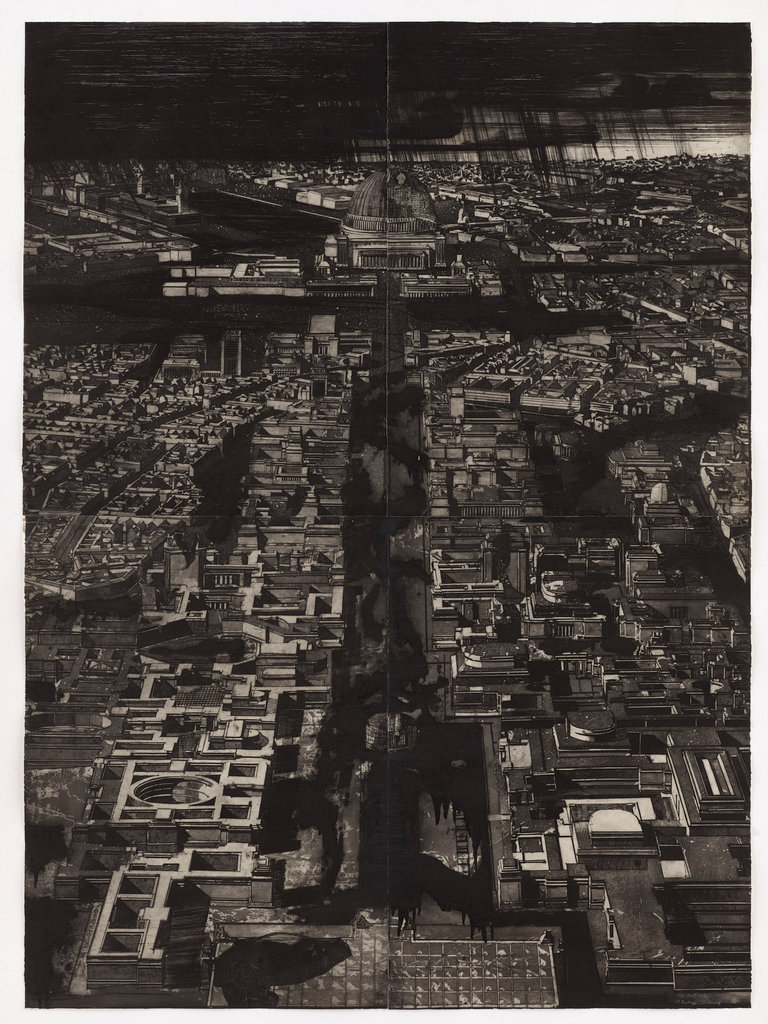
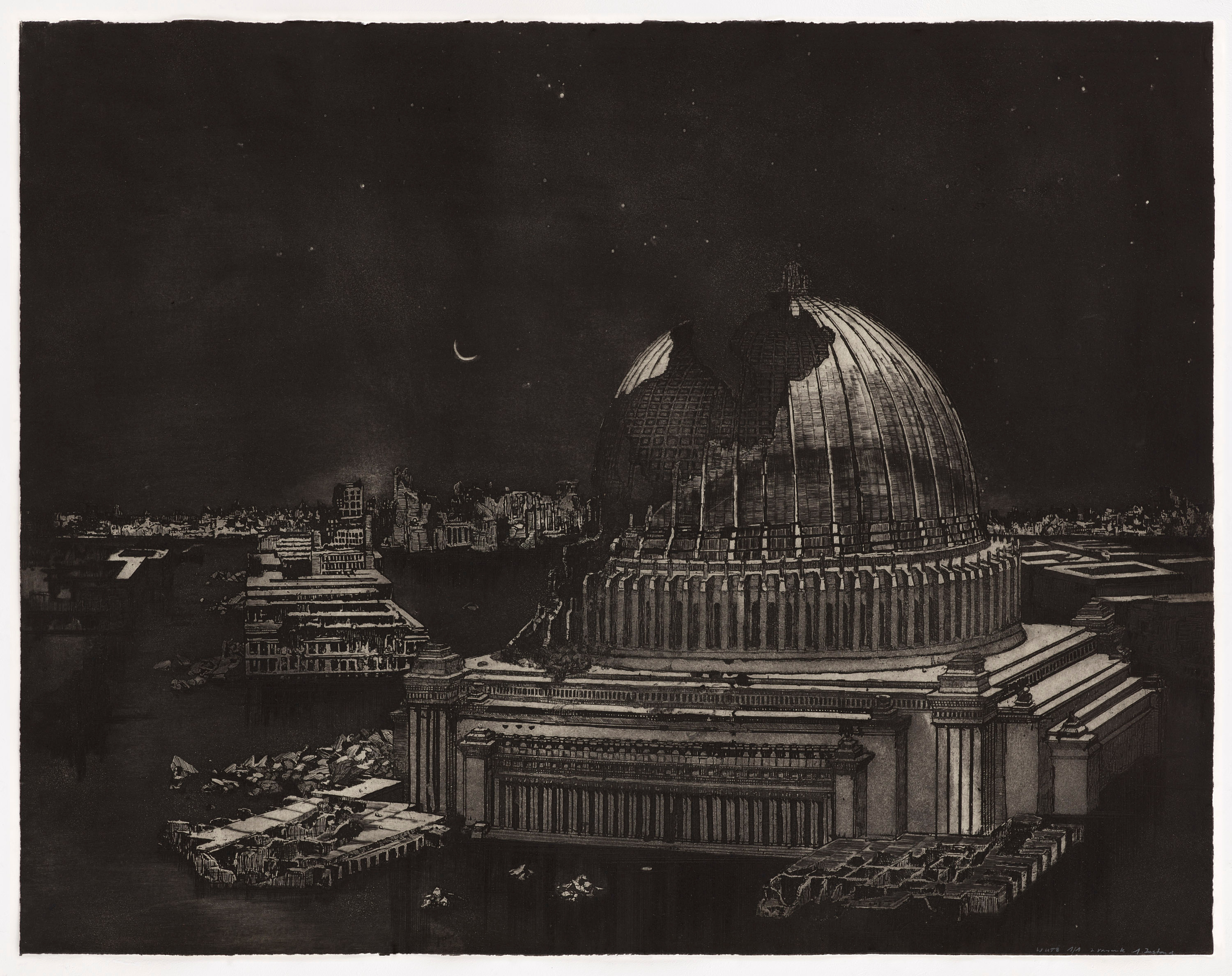
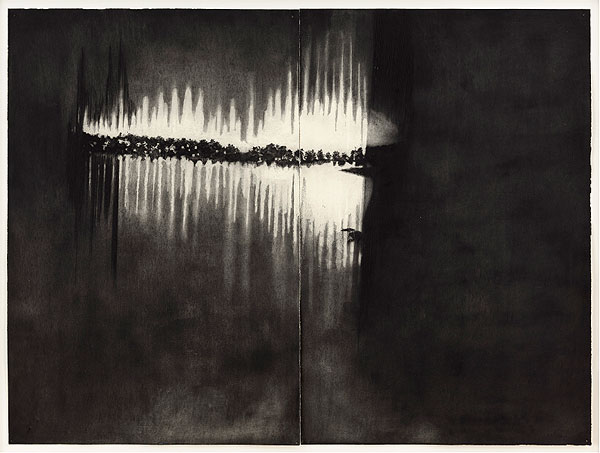
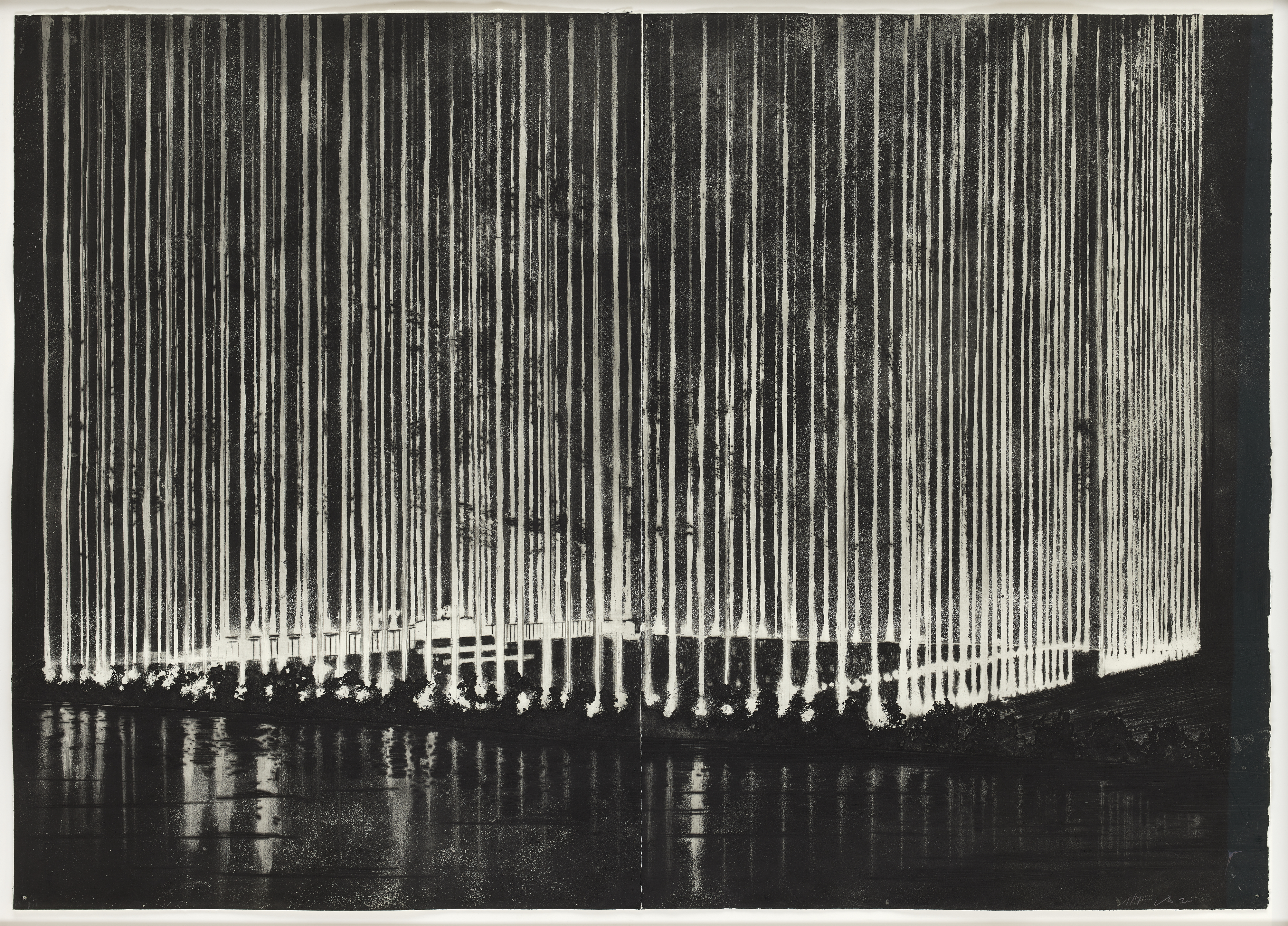
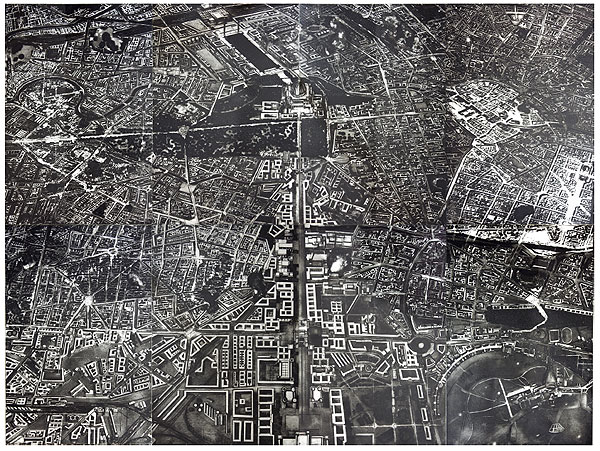
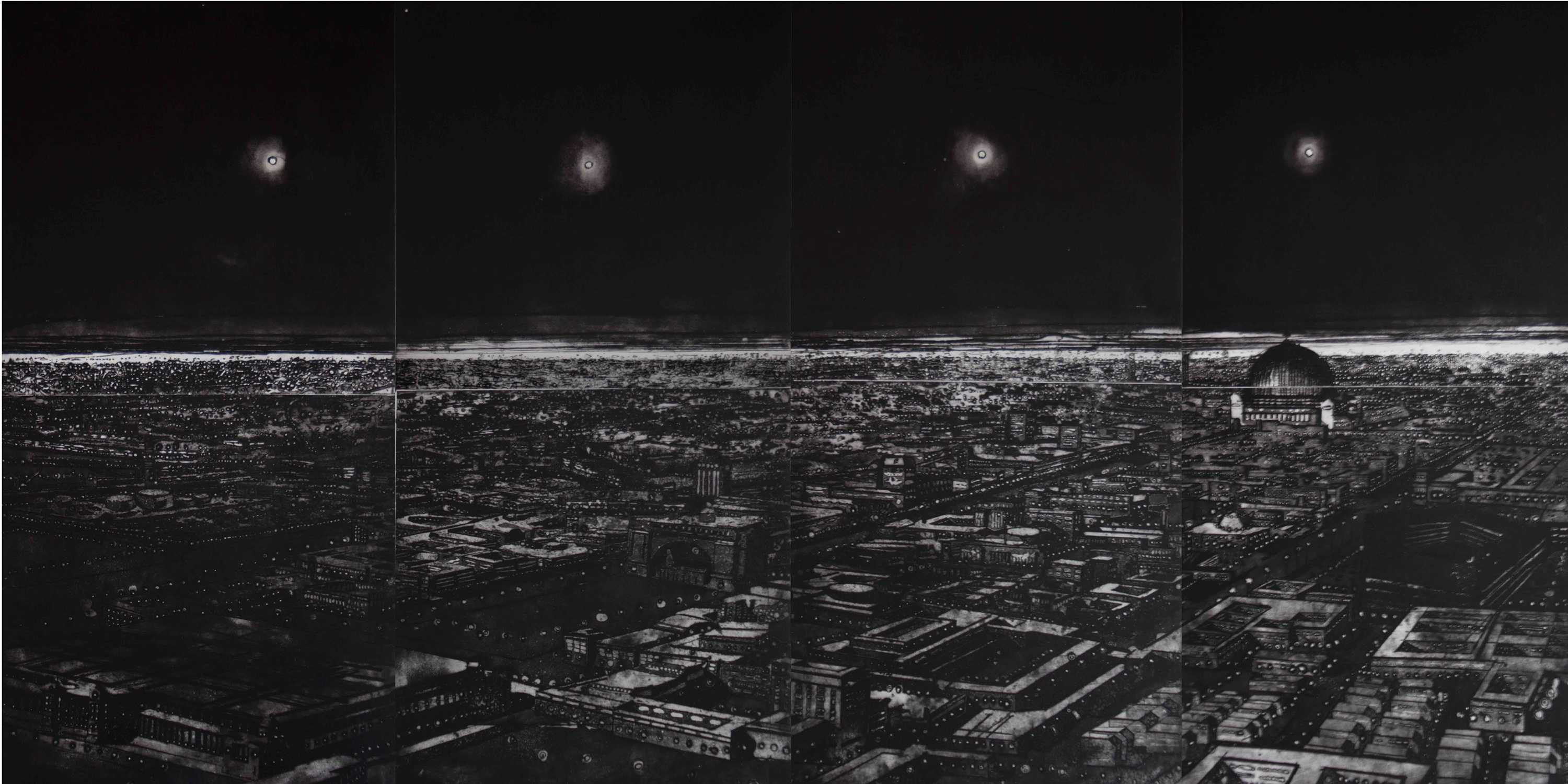
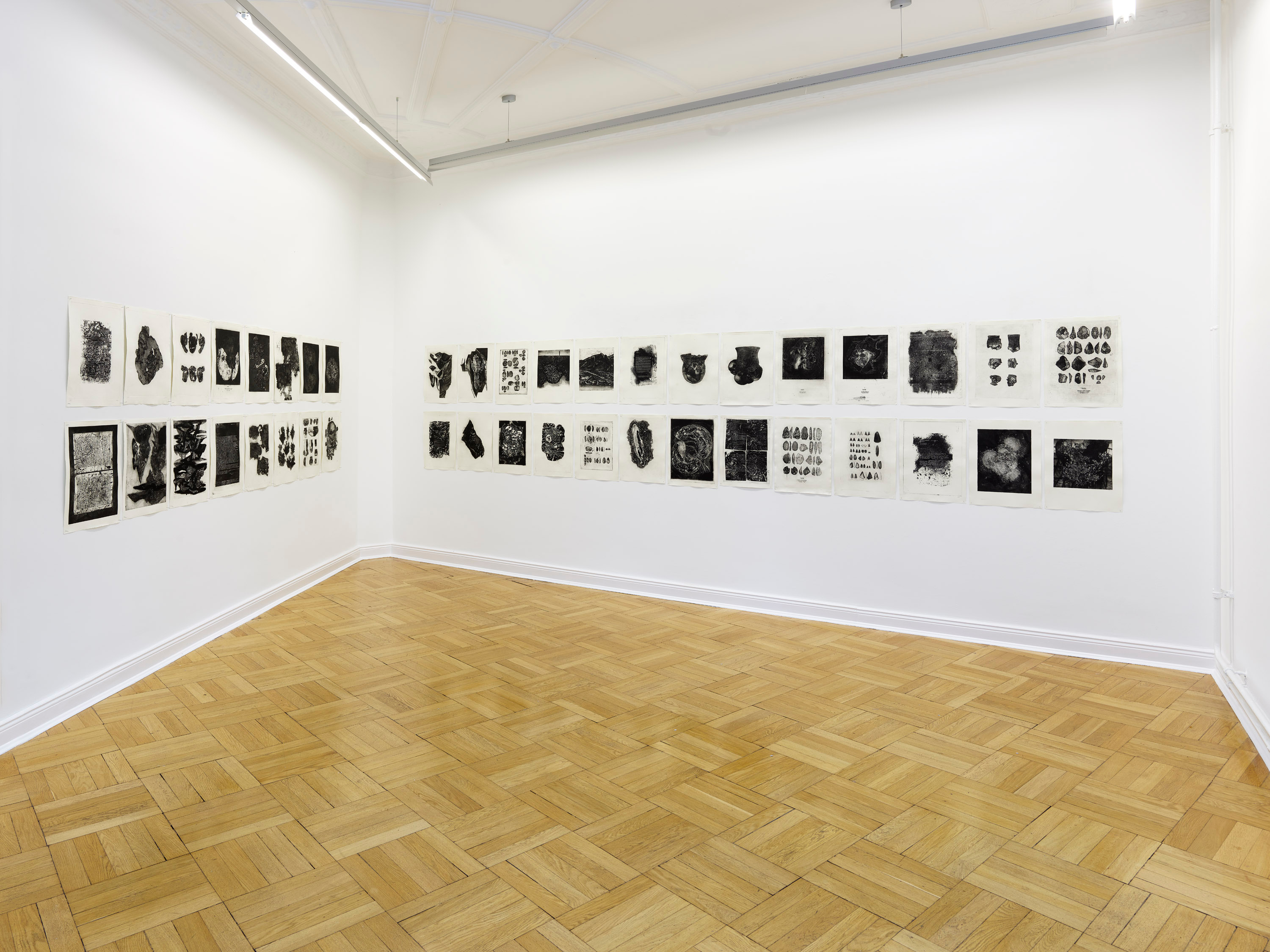
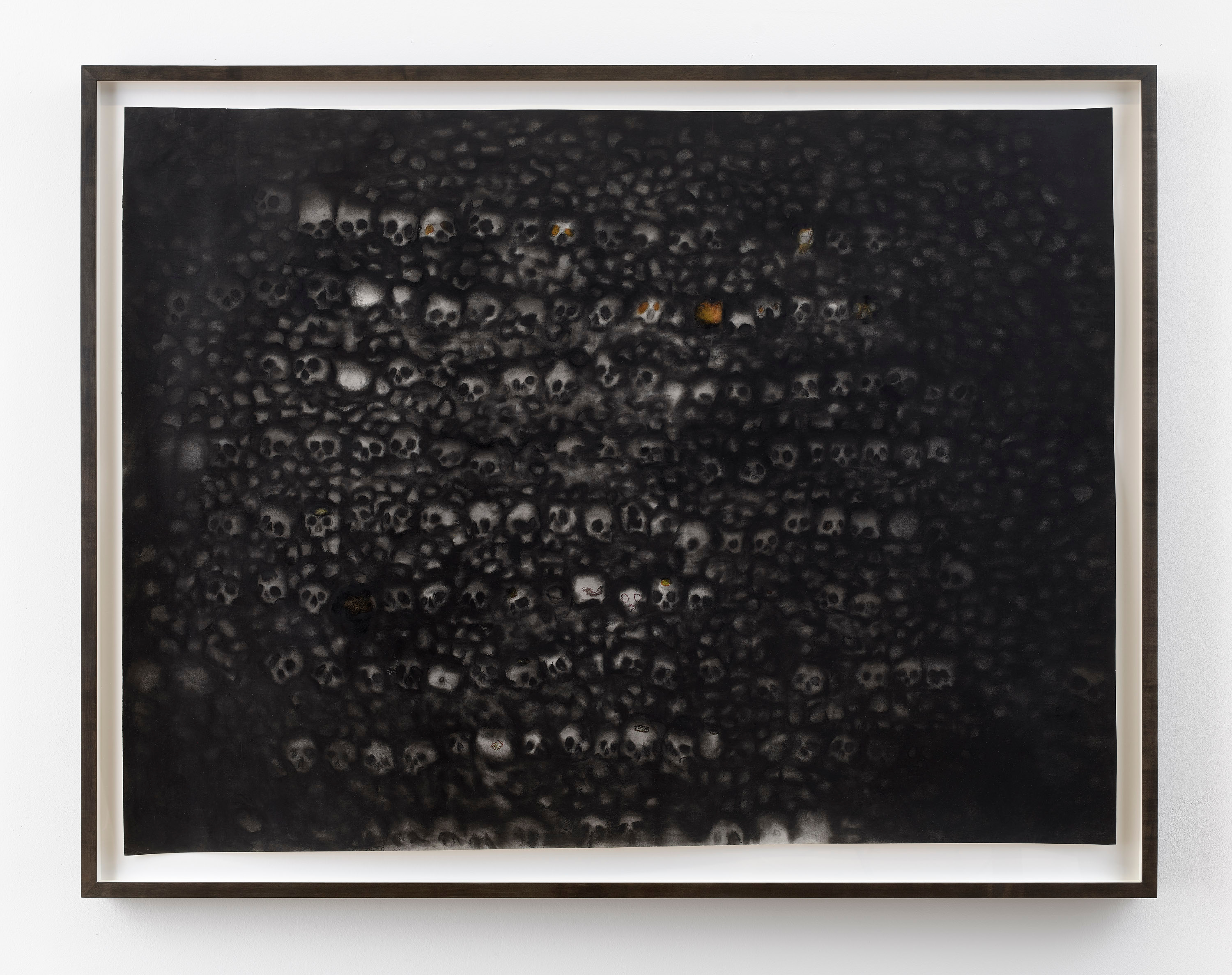
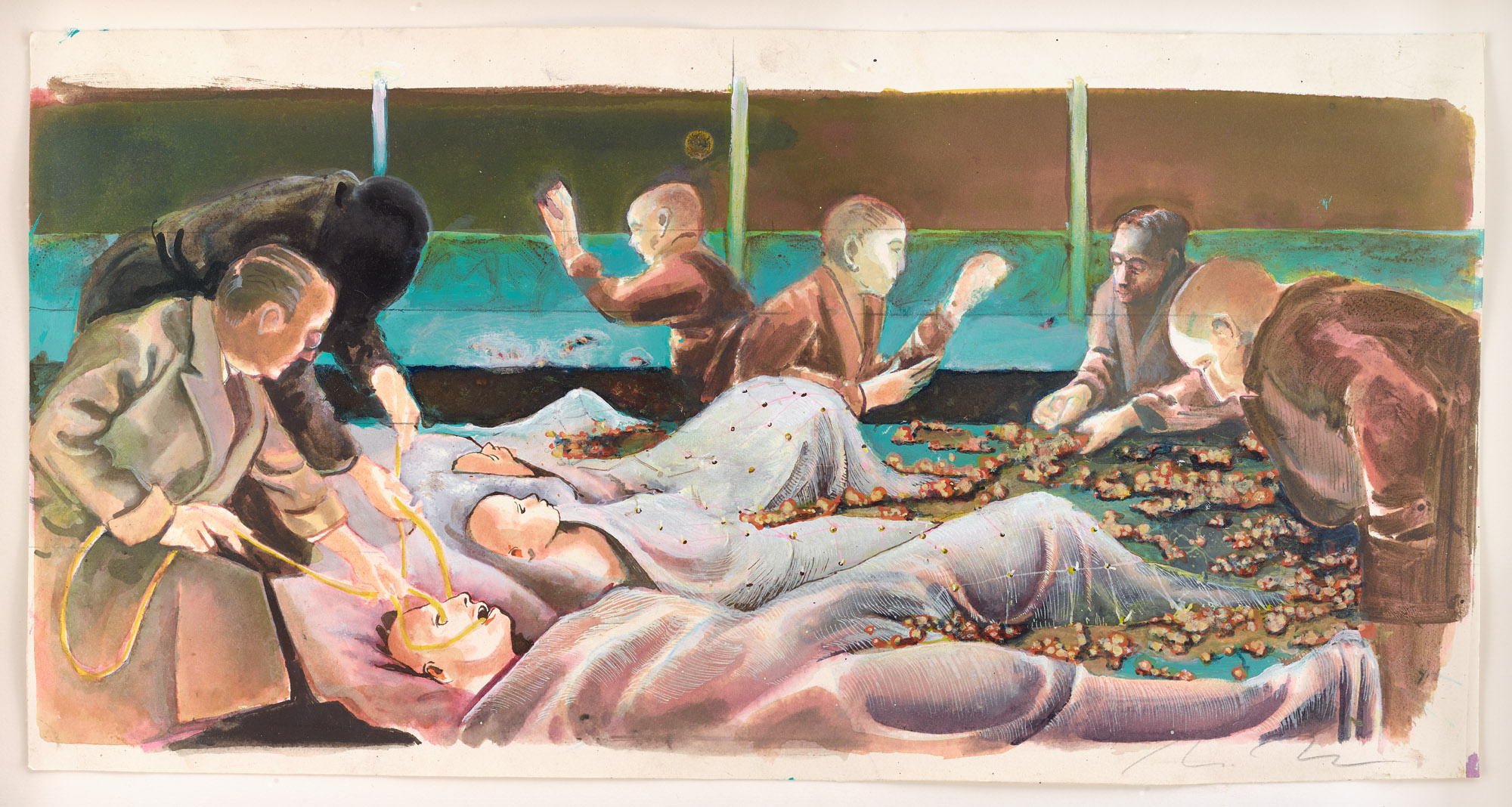
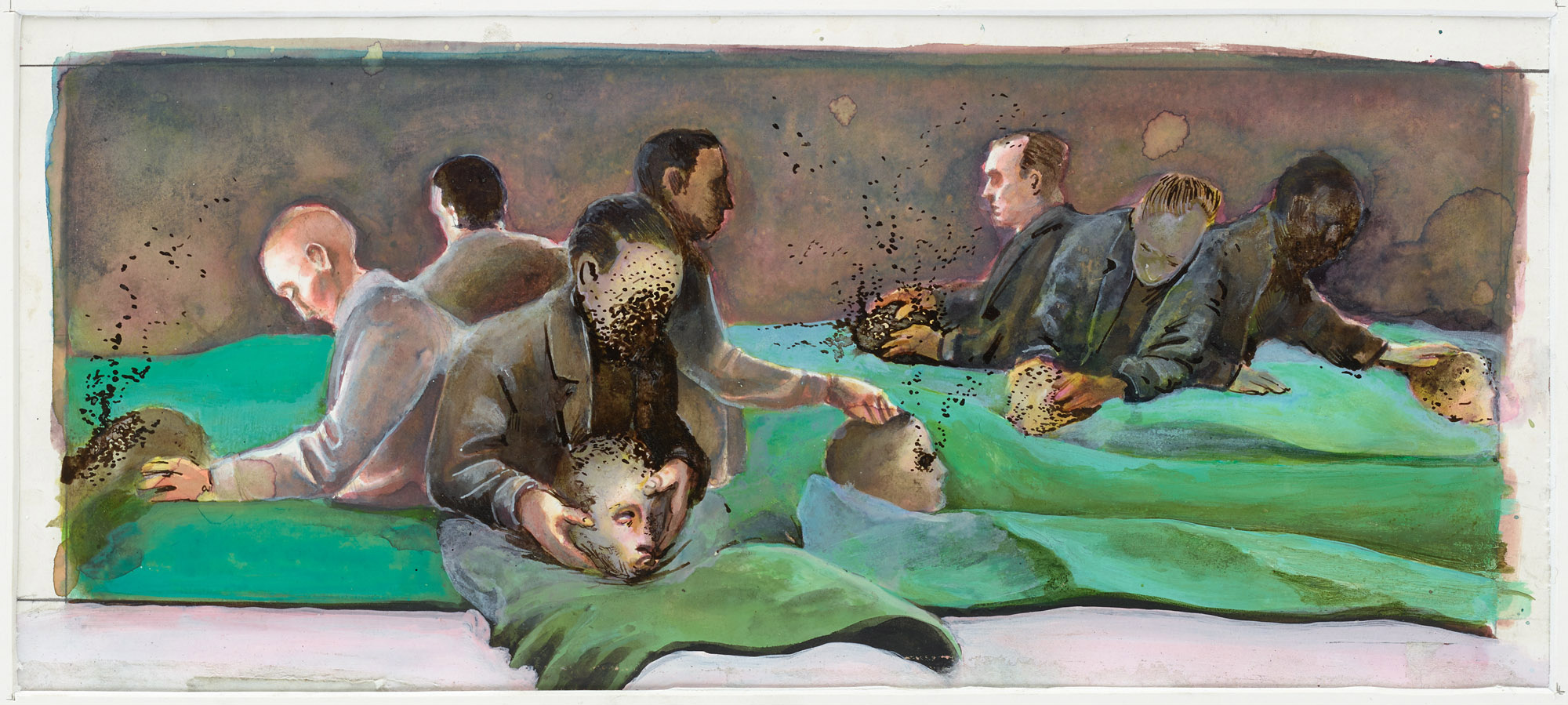
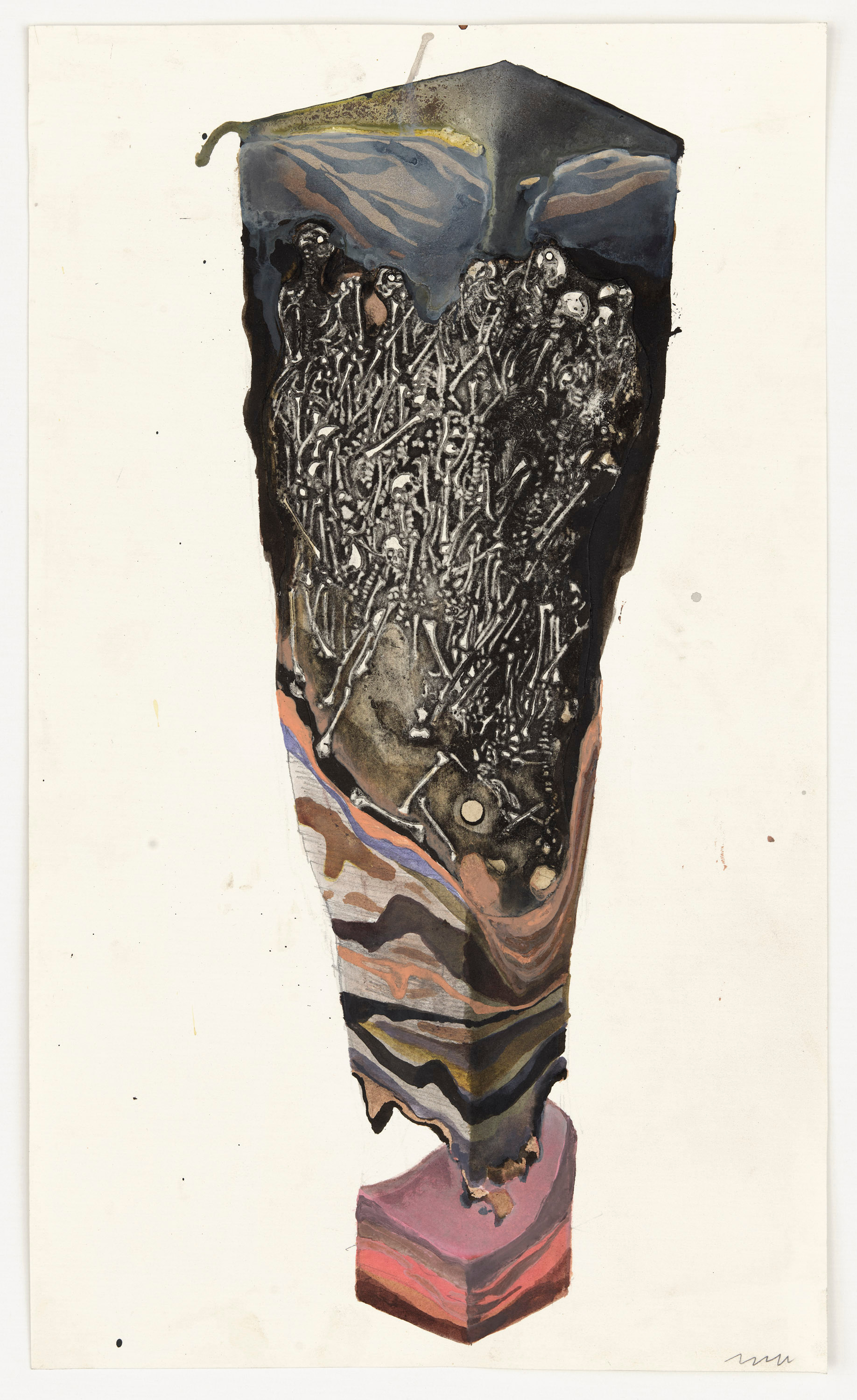
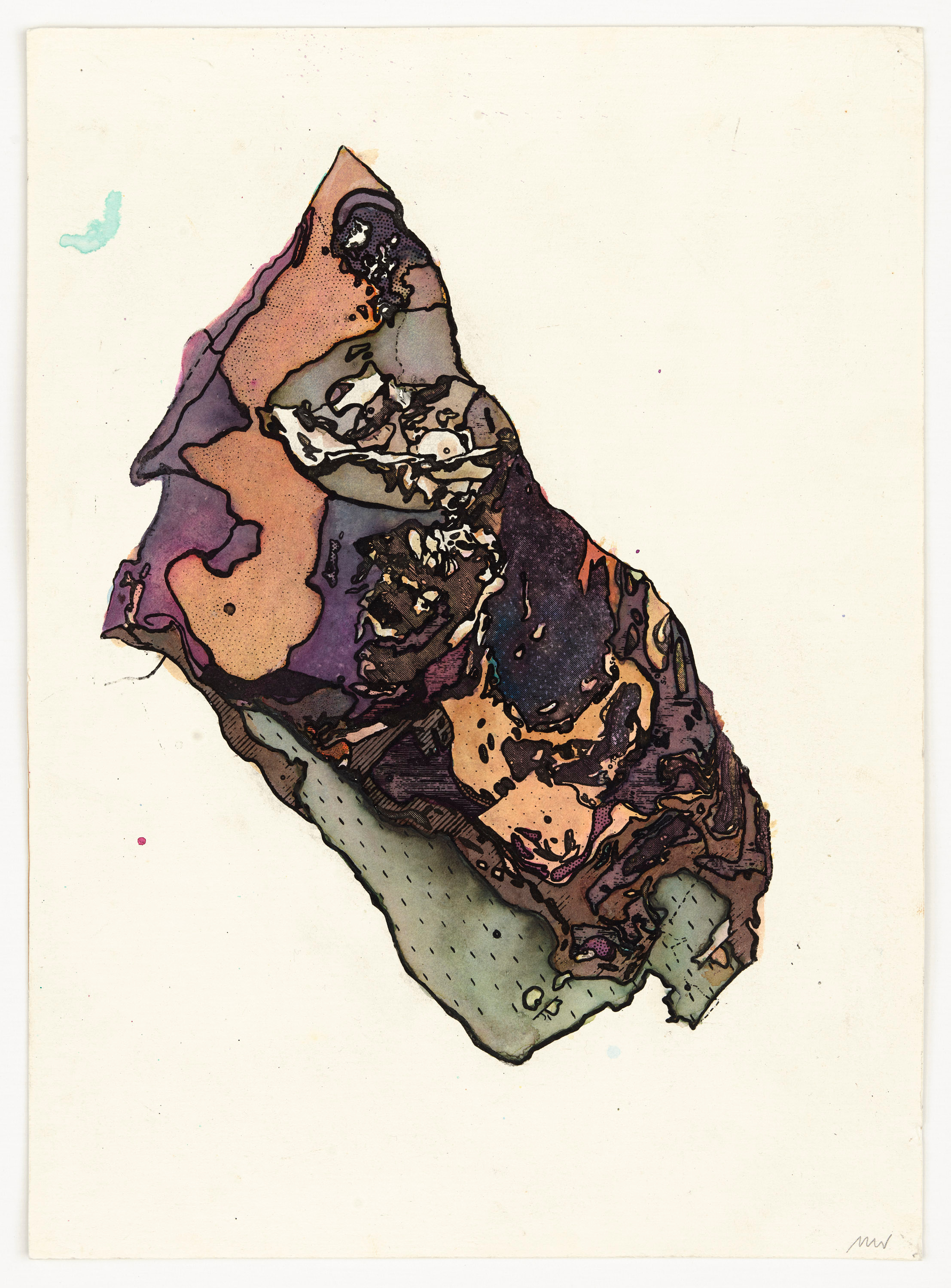
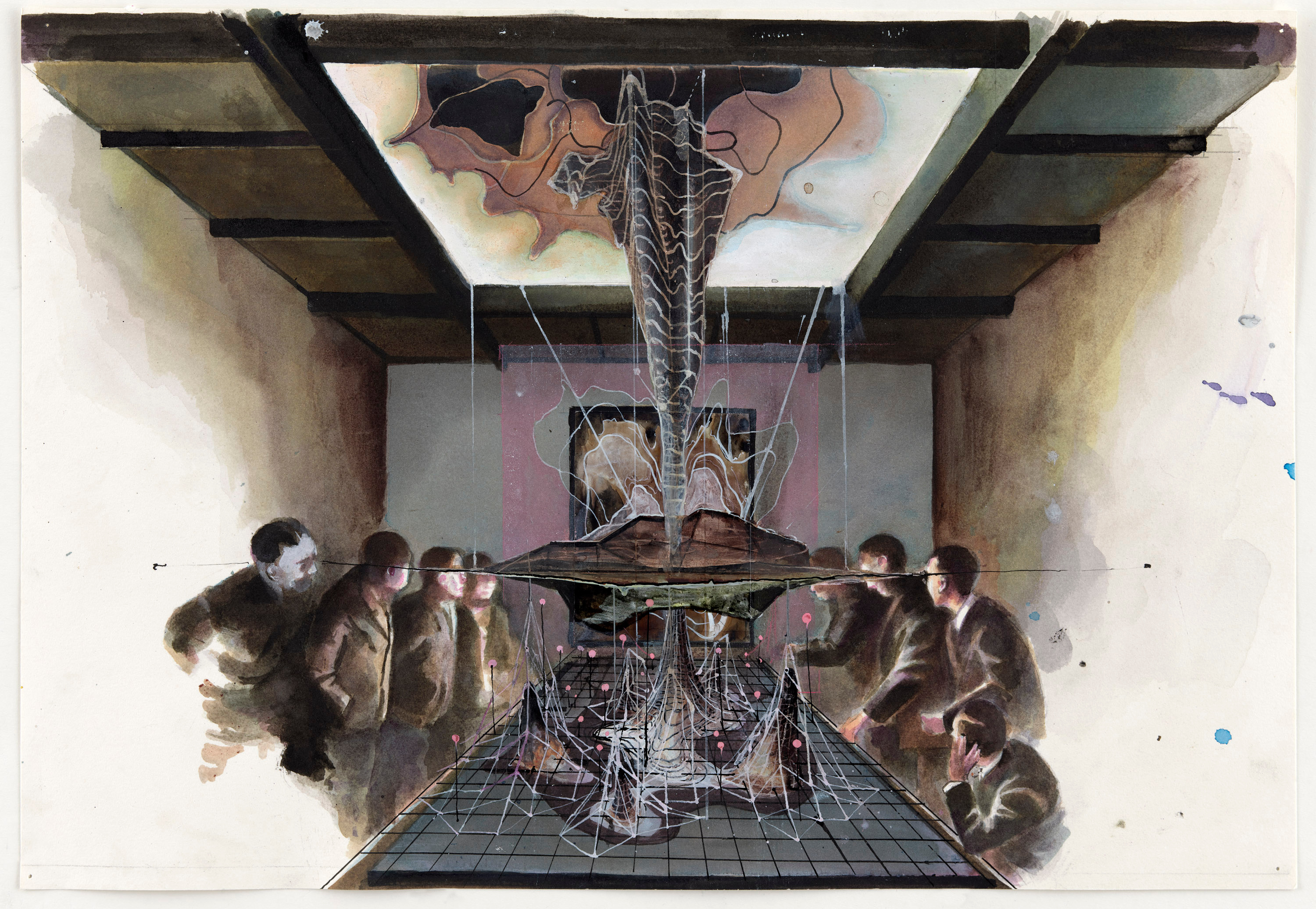
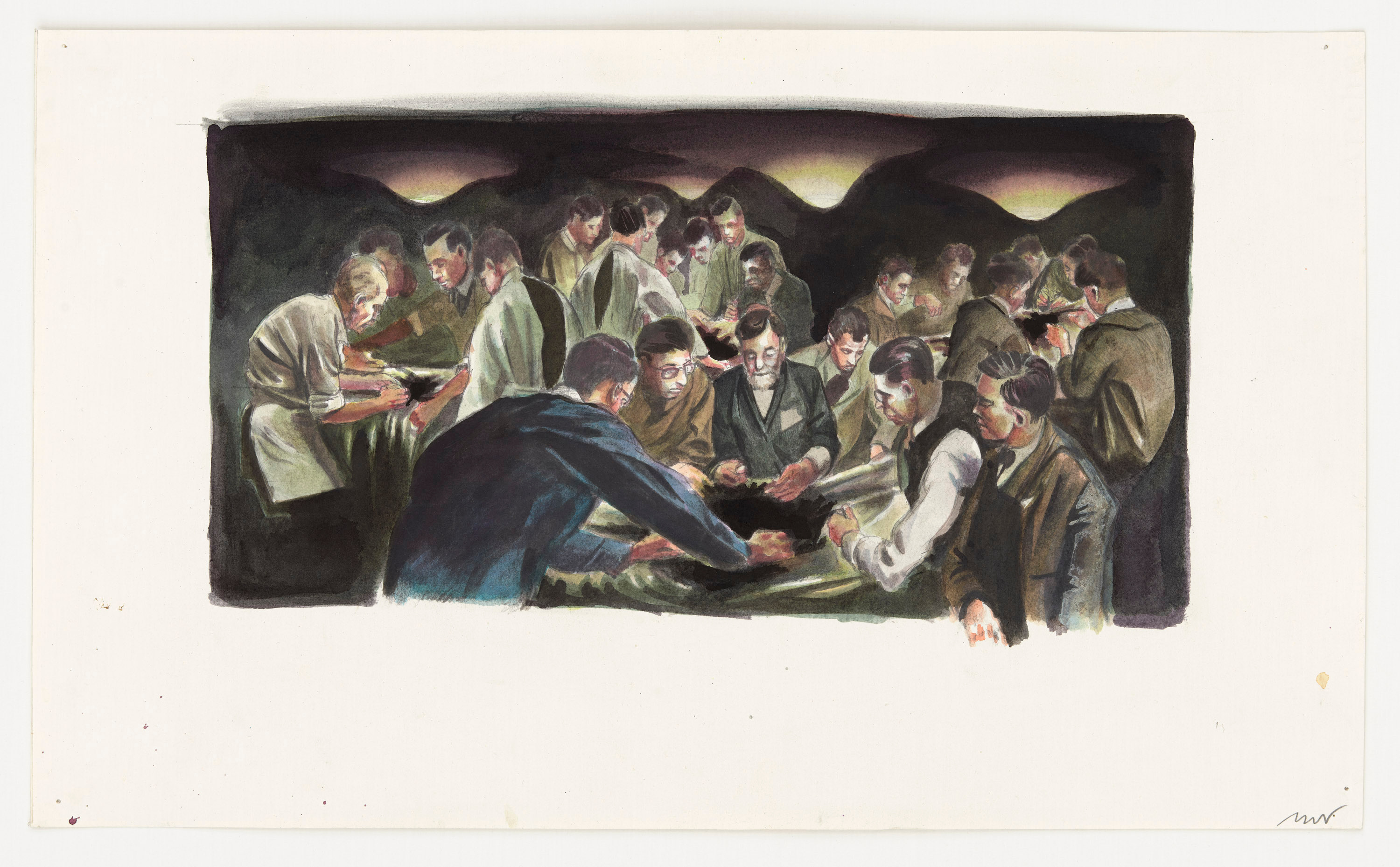
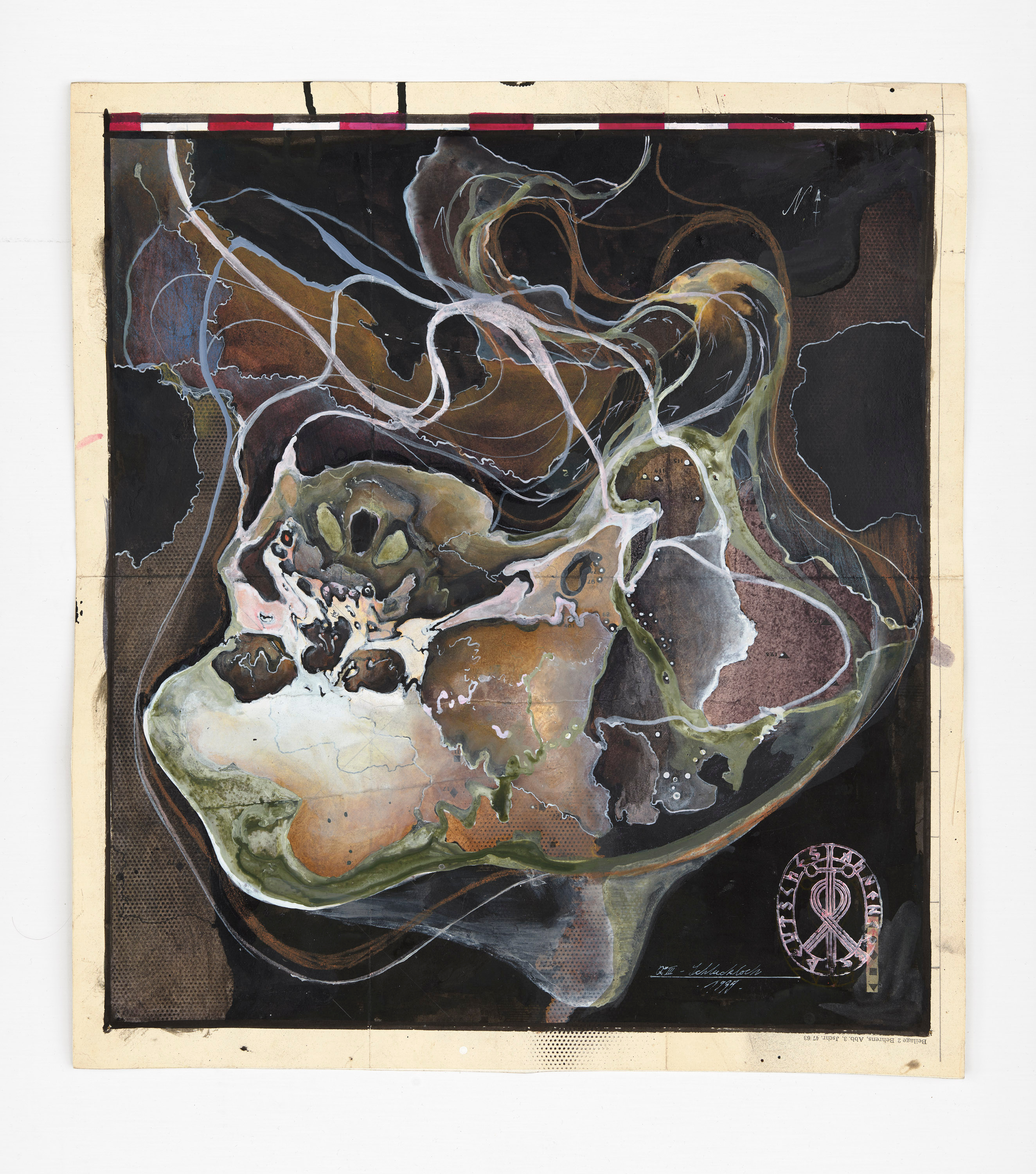
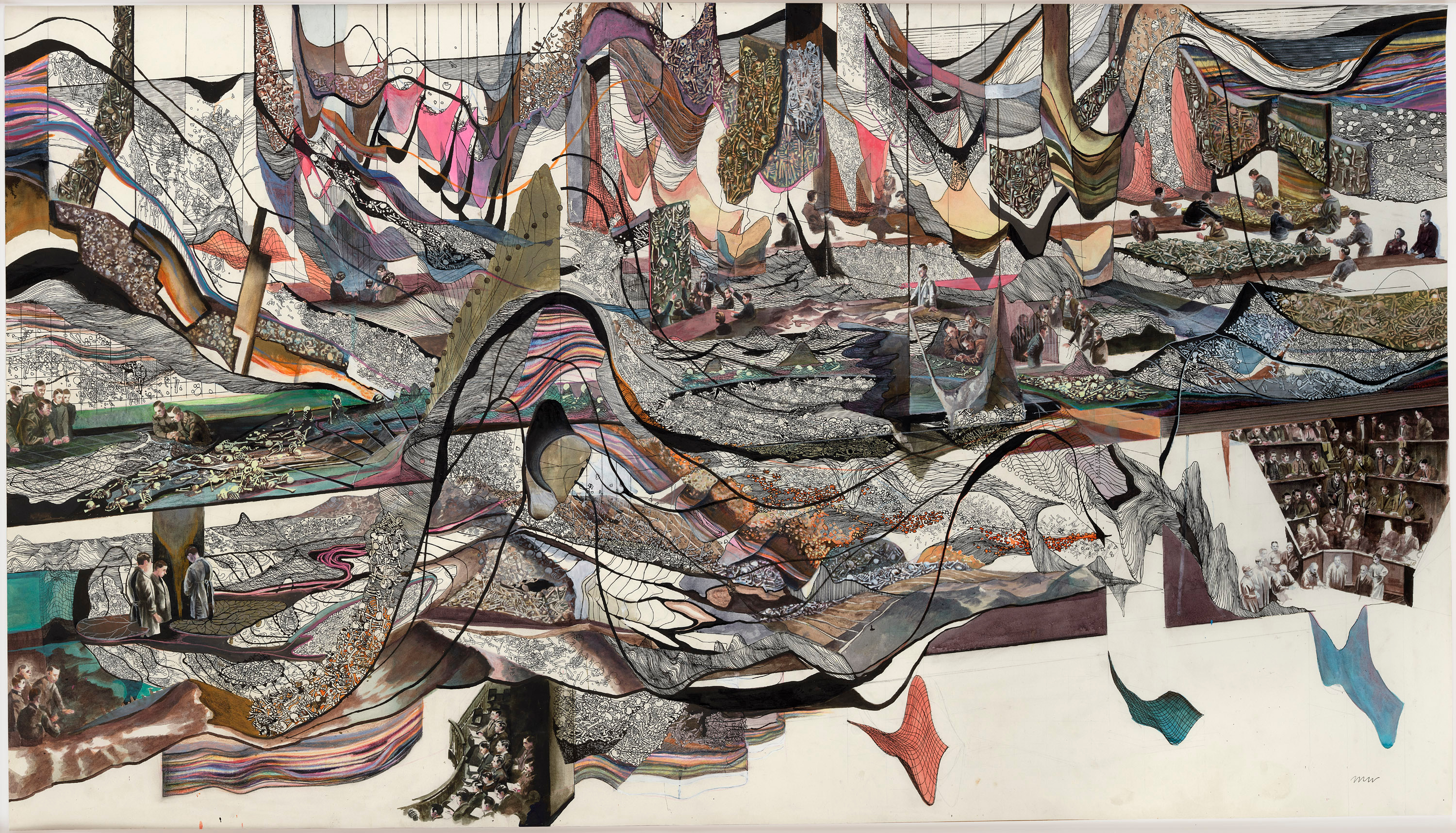
Michael Wutz
Germania IV, 2023
Original-Radierung auf Bütten
183 x 134,5 cm
Michael Wutz
Ruine - Halle, 2023
Original-Radierung auf Blütten
69,5 x 89 cm
Michael Wutz |
|
Michael Wutz |
|
Michael Wutz |
|
Michael Wutz |
Michael Wutz |
|
Michael Wutz |
|
Michael Wutz |
|
Michael Wutz |
|
Michael Wutz |
|
Michael Wutz |
|
Michael Wutz |
|
Michael Wutz |
|
Michael Wutz |
|
Michael Wutz |
|
Michael Wutz was born in Ichenhausen in 1979 and studied at the UdK Berlin under Leiko Ikemura, with whom he also completed his masterclass. He lives and works in Berlin. In 2011 he was awarded the Horst Janssen Graphics Prize. His works have been exhibited at the Kunstmuseum Stuttgart and the Horst Janssen Museum, Oldenburg, among others, and are part of the collection of the Berlin Kupferstichkabinett.
Michael Wutz is an educated artist, who knows many disciplines: philosophically versed, politically thinking, reading and practicing archaeology. This is matched by his gift for artistically representing and expressing this diverse repertoire of ideas. When he undertakes enormous formats such as the “Germania” plan of Albert Speer in order to set it at one with the horror and destruction of the great city of Berlin and its postwar architectures, he is able to do so because he is more than adept in the techniques of etching, because in his technical mastery of the medium he always has in mind the image that we as viewers see. He teaches aesthetically, he thinks in the image. Wutz also is a great drawer. In his circle of works “Kopfbäume” (literally “head trees”) and in many of his other drawings, his ethnological studies become visible, which never know the allure of the exotic, but which the depictions of the rites make human themes vivid. Thus, his genealogy of fascist thinkers is paired with bitter and evil irony, the pleasure of displaying something that can hardly be made visible: Michael Wutz succeeds in giving language a counterpart: the aesthetic view of the world in his images.
MICHAEL WUTZ
















Michael Wutz
Germania IV, 2023
Original-Radierung auf Bütten
183 x 134,5 cm
Michael Wutz
Ruine - Halle, 2023
Original-Radierung auf Blütten
69,5 x 89 cm
Michael Wutz |
|
Michael Wutz |
|
Michael Wutz |
|
Michael Wutz |
Michael Wutz |
|
Michael Wutz |
|
Michael Wutz |
|
Michael Wutz |
|
Michael Wutz |
|
Michael Wutz |
|
Michael Wutz |
|
Michael Wutz |
|
Michael Wutz |
|
Michael Wutz |
|
Michael Wutz was born in Ichenhausen in 1979 and studied at the UdK Berlin under Leiko Ikemura, with whom he also completed his masterclass. He lives and works in Berlin. In 2011 he was awarded the Horst Janssen Graphics Prize. His works have been exhibited at the Kunstmuseum Stuttgart and the Horst Janssen Museum, Oldenburg, among others, and are part of the collection of the Berlin Kupferstichkabinett.
Michael Wutz is an educated artist, who knows many disciplines: philosophically versed, politically thinking, reading and practicing archaeology. This is matched by his gift for artistically representing and expressing this diverse repertoire of ideas. When he undertakes enormous formats such as the “Germania” plan of Albert Speer in order to set it at one with the horror and destruction of the great city of Berlin and its postwar architectures, he is able to do so because he is more than adept in the techniques of etching, because in his technical mastery of the medium he always has in mind the image that we as viewers see. He teaches aesthetically, he thinks in the image. Wutz also is a great drawer. In his circle of works “Kopfbäume” (literally “head trees”) and in many of his other drawings, his ethnological studies become visible, which never know the allure of the exotic, but which the depictions of the rites make human themes vivid. Thus, his genealogy of fascist thinkers is paired with bitter and evil irony, the pleasure of displaying something that can hardly be made visible: Michael Wutz succeeds in giving language a counterpart: the aesthetic view of the world in his images.
Di–Fr 11–18, Sa 12–16 Uhr
Meierottostraße 1
10719 Berlin
T +49 30 88 71 13 71
mail@galeriefriese.de
www.galeriefriese.de
Di–Fr 11–18, Sa 12–16 Uhr
Meierottostraße 1
10719 Berlin
T +49 30 88 71 13 71
mail@galeriefriese.de
www.galeriefriese.de